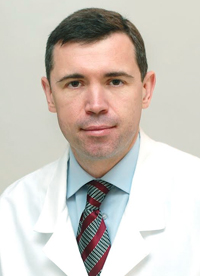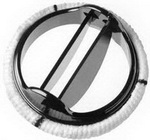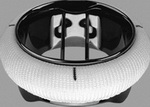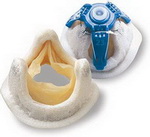Adult consulting:
mon-fr: 8:30-15:30
Children consulting:
mon-fr: 8:30-15:30
Hospitalization
of children
5 A, Bratyslavska str,
Kyiv 02166, Ukraine
Menu




Head of department
Yhor Mokryk
Acquired heart valve disease – is a pathology in which a violation of the circulation of blood in the human body caused by an abnormality of the structure and function of heart valves. Annually heart pumps about 2.5 million liters of blood, all this huge amount flowing through the valves, which are located inside the heart.
Naturally, the affected valves progressively degraded from asymptomatic to severe cardiovascular disease, which results in loss of efficiency and, in the end, the death of patients.


Consequently, surgery – the only effective way to improve the quality of life or even his rescue in such patients. Ideally, it is desirable to perform valve spare operation, which, unfortunately, cannot be adopted for everyone, but only for subgroup of patients with mild to moderate valve lesions. In cases of gross deformity of valvular structures only method of treatment is the implantation of artificial (mechanical or biological) heart valves. Annually worldwide implanted more than 300 thousand artificial heart valves.


Dramatic changes that have occurred in the epidemiology of heart valve disease, led to the combination of coronary disease and heart valve is currently one of the most common situations in modern cardiac surgery. The increase in life expectancy caused that patients with degenerative valvular lesions associated with significant atherosclerotic stenosis of the coronary arteries, and patients with coronary artery disease more often hospitalized with atherosclerotic and degenerative lesions of the heart valves. The literature suggests that patients with valve pathology aged 60-70 years with a frequency of 30 to 50% is observed at least one coronary artery narrowing of 70% of its lumen.


Frequently, generalized forms of atherosclerosis is a major problem, since the process often involved not only the coronary arteries, heart valves, but arteries of the other organs. According to the literature, 8-14% of patients who performed revascularization have significant stenosis, localized in the carotid arteries. Almost half of these patients, especially in the age group over 60 years, also have abnormalities of the heart valves. On the other hand, 40% of patients who underwent carotid endarterectomy have coronary arteries diseases, and patients with valve pathology with a frequency of 30 to 50% could identify at least one coronary artery narrowing of 70% of its lumen.
Fig.4 Atherosclerotic plaque in blood vessels.
Due to high level of experience, our doctors will establish a diagnosis by means of modern equipment, develop the safest and most effective treatment plan, perform surgery using the latest world techniques, lead rehabilitation program and will provide continuity of treatment after discharge. The unit is designed for 30 beds.